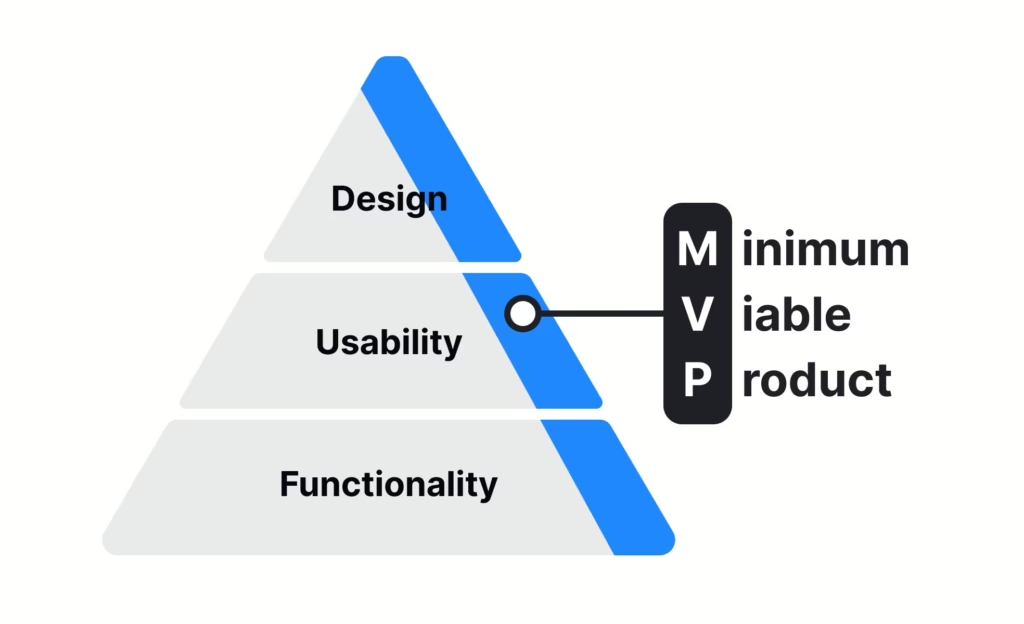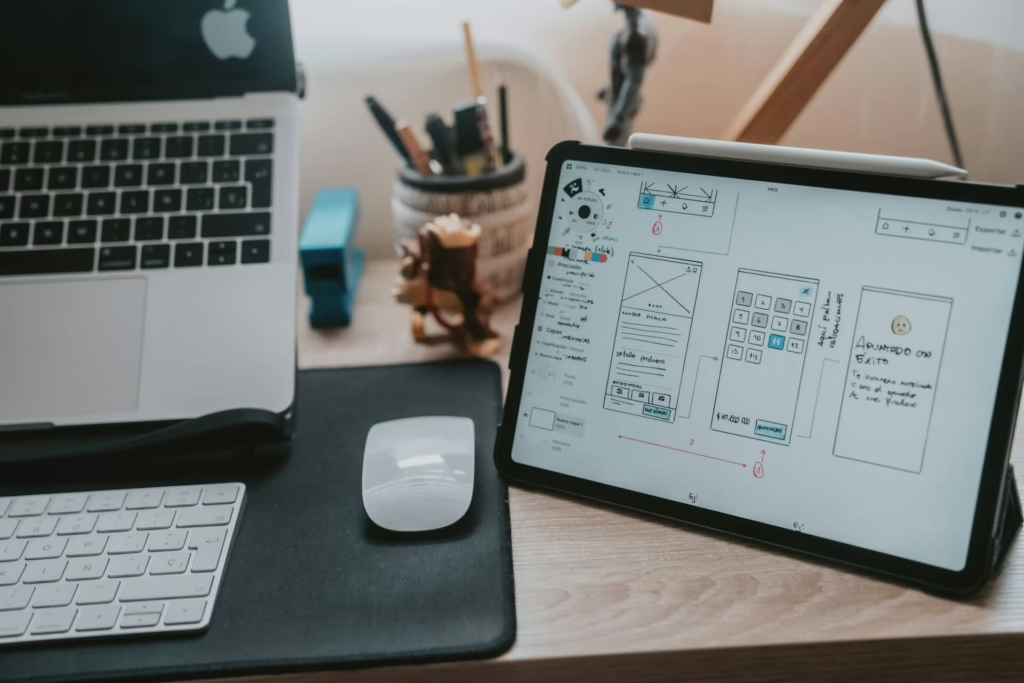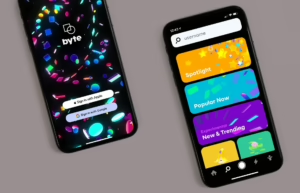When launching a Minimum Viable Product (MVP), most startups focus on getting something functional out the door as quickly as possible.
They want to test their idea, gather user feedback, and iterate fast. Which is exactly what an MVP is meant for. But here’s where many go wrong: they assume that UX (user experience) can wait until later.
Bad move.
The reality is that UX is just as important in an MVP as it is in a fully developed product.
If your product is hard to use, users will leave before they even understand its value. Good MVP UX ensures that early adopters stick around long enough to validate the idea, provide meaningful feedback, and even become advocates.
So let’s understand why MVP UX matters and how you can build an MVP that’s not just functional, but also user-friendly.

1. What Is MVP UX?
An MVP is the simplest version of your product that delivers value to users. But “simple” doesn’t mean “poorly designed.” It means focusing on the core user experience. The key journey you want users to take.
MVP UX is about designing this core experience in a way that is intuitive, engaging, and effective. The goal is to remove friction, making it easy for users to complete the primary action (whether that’s signing up, making a purchase, or interacting with a feature).
Good MVP UX ensures that users don’t struggle with navigation, confusing layouts, or unnecessary complexity. Instead, they can immediately see and experience the product’s value.
2. Common UX Mistakes in MVPs
Let’s talk about some common mistakes that can make an MVP frustrating instead of functional:
a) Overcomplicating the UI
Many startups try to pack too much into their MVP. They add multiple features, complex menus, and unnecessary elements that overwhelm users. A cluttered UI confuses people and makes it harder to understand the product’s core function.
Solution: Stick to essential features only. Ask yourself: What’s the one thing users absolutely need to accomplish? Build around that.
b) Neglecting Usability
Even if you’re working with limited resources, usability should never be an afterthought. A product that is frustrating to use will lose users immediately.
Solution: Test your product’s navigation, buttons, and flows early. Even a quick round of usability testing can reveal major issues before launch.
c) Skipping User Research
Many teams assume they know what users want without actually asking them. They build based on assumptions, leading to features that no one needs or understands.
Solution: Even with a small budget, conduct user research and gather insights. Conduct quick surveys, have informal interviews, or do simple usability tests with potential users.
d) Ignoring Accessibility
Accessibility often gets overlooked in early-stage products. But if your product isn’t usable by people with disabilities, you’re missing out on a large audience.
Solution: Follow basic accessibility guidelines—use clear contrast, readable fonts, and logical navigation.

3. Why Good UX Matters for MVPs
Let’s break down why investing in UX from the start is a game-changer for your MVP.
a) First Impressions Shape User Retention
Users form an opinion about your product within seconds. If they find it confusing, slow, or clunky, they’ll leave. And in the MVP stage, when you’re trying to gain early traction, losing users too soon can kill your growth.
b) Better UX Means Faster Validation
A well-designed MVP makes it easier to get accurate feedback. If people struggle with navigation or usability, their complaints will be about those issues instead of whether your product idea is actually good. Great UX lets you validate the idea itself, not just the execution.
c) UX Impacts Early Growth and Funding
Investors care about user engagement. If your MVP has strong retention, it’s a sign that users find value in it. A polished, user-friendly experience can make the difference between securing funding and struggling to gain traction.
4. UX Strategies for MVPs
Now that we know why UX is crucial, let’s talk about how to make it work in an MVP.
a) Prioritize Core User Flows
Focus on the most critical user actions. If your app is a marketplace, the priority should be browsing products and making a purchase. Not fancy profile customization or social features.
Tip: Sketch out your user journey and remove anything that doesn’t serve the main goal.
b) Keep UI Simple but Functional
Minimalism isn’t just about aesthetics—it’s about removing distractions. Stick to clear typography, high contrast, and familiar patterns.
Tip: Use components users already understand. A sign-up button should look like a sign-up button, not a creative experiment.
c) Use Rapid Prototyping and Testing
Tools like Figma, Maze, or InVision let you build quick prototypes and test them before coding anything.
Tip: Show your prototype to at least five real users. Their feedback will highlight what’s confusing or frustrating.
d) Collect Data and Iterate
Even after launch, your MVP isn’t “done.” Use analytics tools like Hotjar, Mixpanel, or Google Analytics to track user behavior.
Tip: Look at drop-off points. Where do users abandon the journey? That’s where your UX needs improvement.
5. Case Study: Airbnb’s MVP UX
Let’s take a real-world example: Airbnb’s MVP.
When Airbnb first launched, it wasn’t the polished platform we see today. It was a simple website where people could rent out their rooms. But what made it work?
- Focused User Flow: The entire experience was designed around booking a stay—nothing extra.
- Simple UI: Clear photos, pricing, and availability made it easy to decide.
- User Feedback Loops: Early adopters gave feedback, and Airbnb iterated quickly.
By nailing the core UX, Airbnb’s MVP validated the idea without overcomplicating it. The lesson? You don’t need perfection—just a great first experience.
Conclusion
Good UX is a necessity, even in an MVP. A user-friendly product makes adoption easier, feedback more useful, and growth more likely.
So if you’re building an MVP, don’t treat UX as an afterthought. Prioritize usability, test early, and keep things simple. The better your UX, the faster you’ll validate your product and scale successfully.
